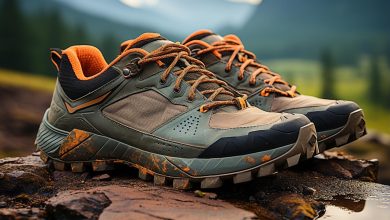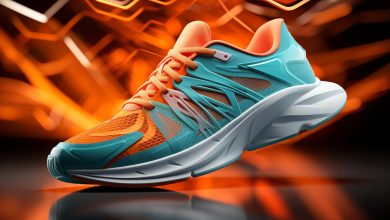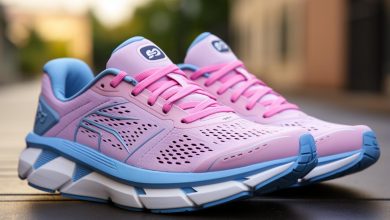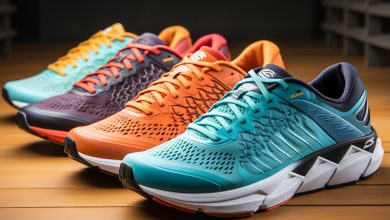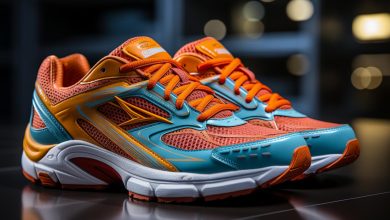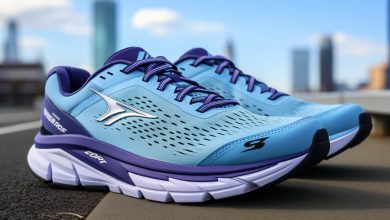Marathon-Ready Running Shoes: Long-Distance Essentials

Are you ready to hit the pavement and conquer that marathon? Like a well-oiled machine, your feet need the right gear to go the distance.
In this article, we’ll guide you through the world of marathon-ready running shoes, giving you all the essential information you need to make an informed choice.
From key features to sizing tips and understanding different sole types, we’ve got you covered.
So lace up those sneakers and get ready for a comfortable and supported long-distance run!
Key Features to Look for in Marathon-Ready Running Shoes
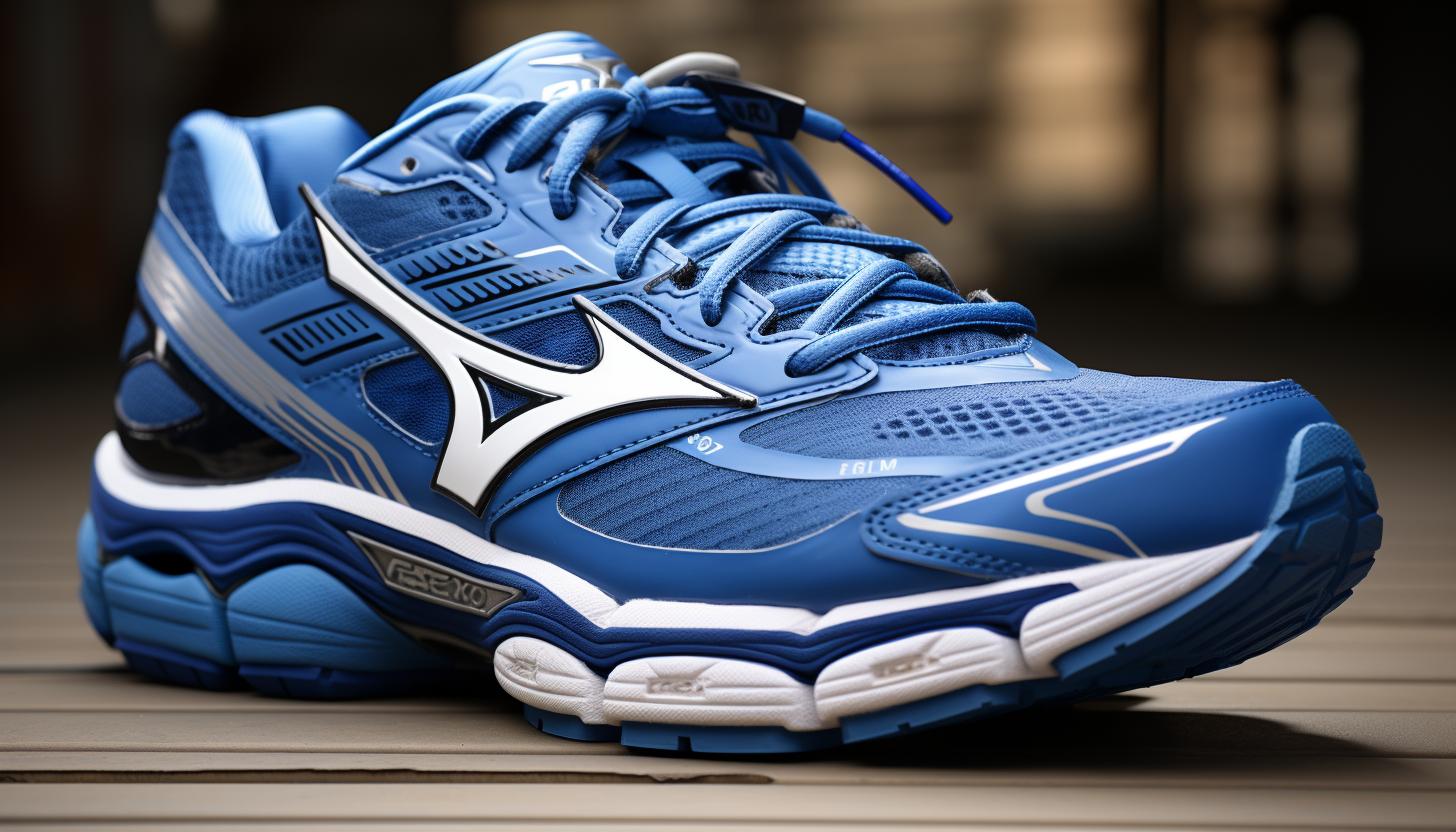
When searching for marathon-ready running shoes, it’s important to consider the key features you should be looking for. Two crucial factors to keep in mind are durability and breathability.
Marathon runners put their shoes through intense wear and tear, so it’s essential to choose a pair that can withstand the demands of long-distance running. Look for shoes made with durable materials like reinforced mesh or synthetic overlays that offer protection against abrasion and ensure longevity.
Breathability is also vital in marathon-ready running shoes. During a race, your feet will sweat, and if the shoes don’t allow proper ventilation, moisture can accumulate inside and cause discomfort or even blisters. Opt for shoes with breathable uppers made from lightweight materials like mesh or engineered knit fabrics that promote airflow and help keep your feet cool and dry throughout your run.
Another critical feature to consider is impact absorption and stability. Long-distance running puts a significant amount of stress on your joints, especially your knees and ankles. To minimize the risk of injuries, look for shoes equipped with cushioning systems like foam midsoles or gel inserts that provide excellent shock absorption. Additionally, seek out models with supportive features such as reinforced heel counters or stability technologies that help enhance balance and reduce pronation.
How to Choose the Right Shoe Size for Long-Distance Running
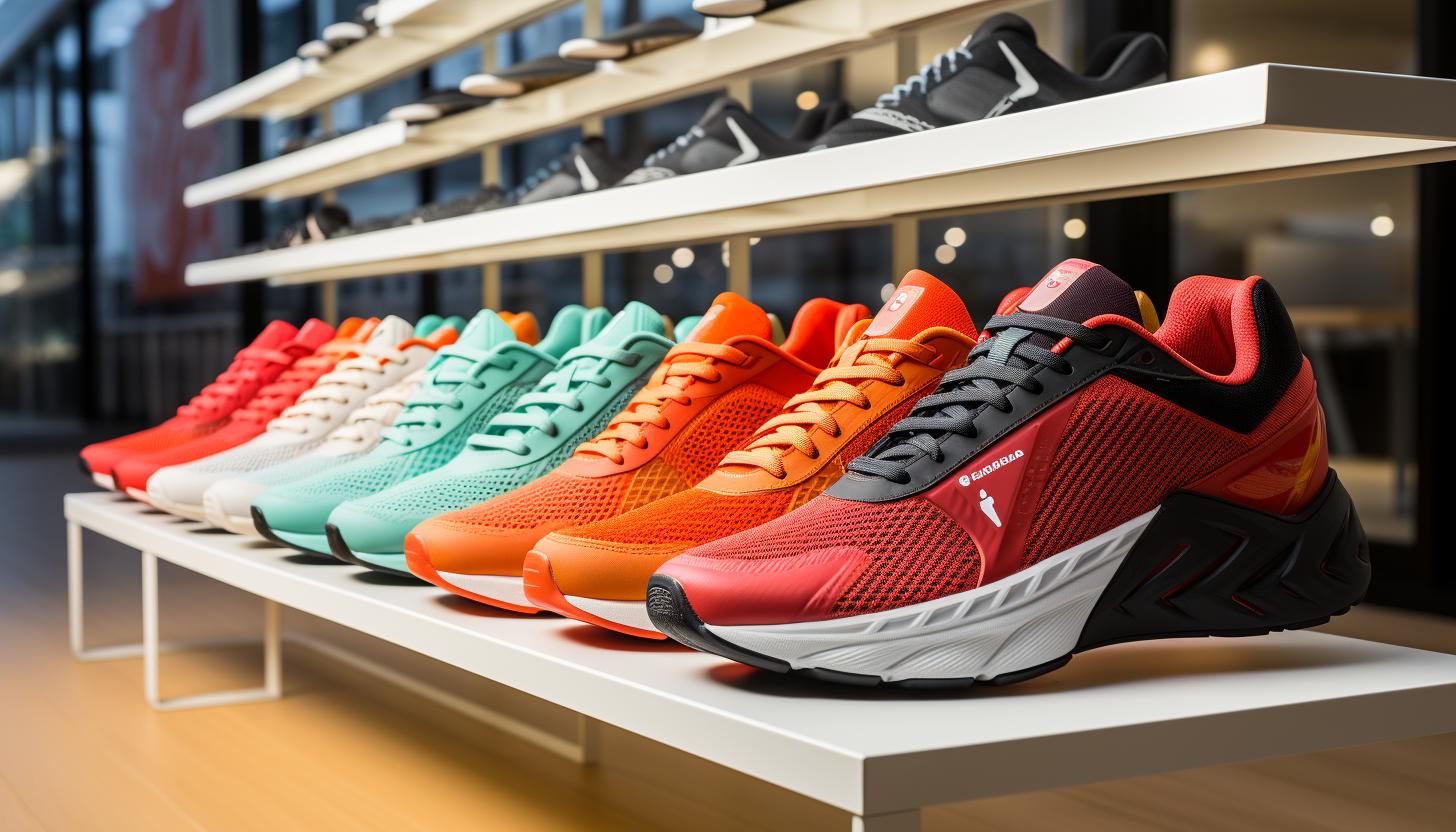
To find the perfect fit for long-distance running, it’s important to consider your shoe size. Finding the right shoe size is crucial as it ensures comfort and prevents injuries during those grueling marathon training sessions. Here are some tips to help you determine the ideal shoe size for your long-distance running needs:
– Measure both feet: Feet can vary in size, so measure both feet and use the larger measurement as a guide.
– Leave a thumb’s width: Ensure that there is about a thumb’s width of space between your longest toe and the end of the shoe.
– Consider width: Pay attention to the width of your feet, as different brands offer different widths to accommodate various foot shapes.
– Try on shoes at the end of the day: Feet tend to swell throughout the day, so trying on shoes later in the day will give you a more accurate fit.
– Seek professional advice: Visit a specialty running store where experts can analyze your gait, arch shape, and recommend appropriate shoe options.
Determining the ideal arch support is also essential when choosing long-distance running shoes. Depending on whether you have high arches, flat feet, or neutral arches, finding shoes with adequate arch support can prevent discomfort and promote proper alignment.
The Importance of Cushioning and Support for Marathon Runners
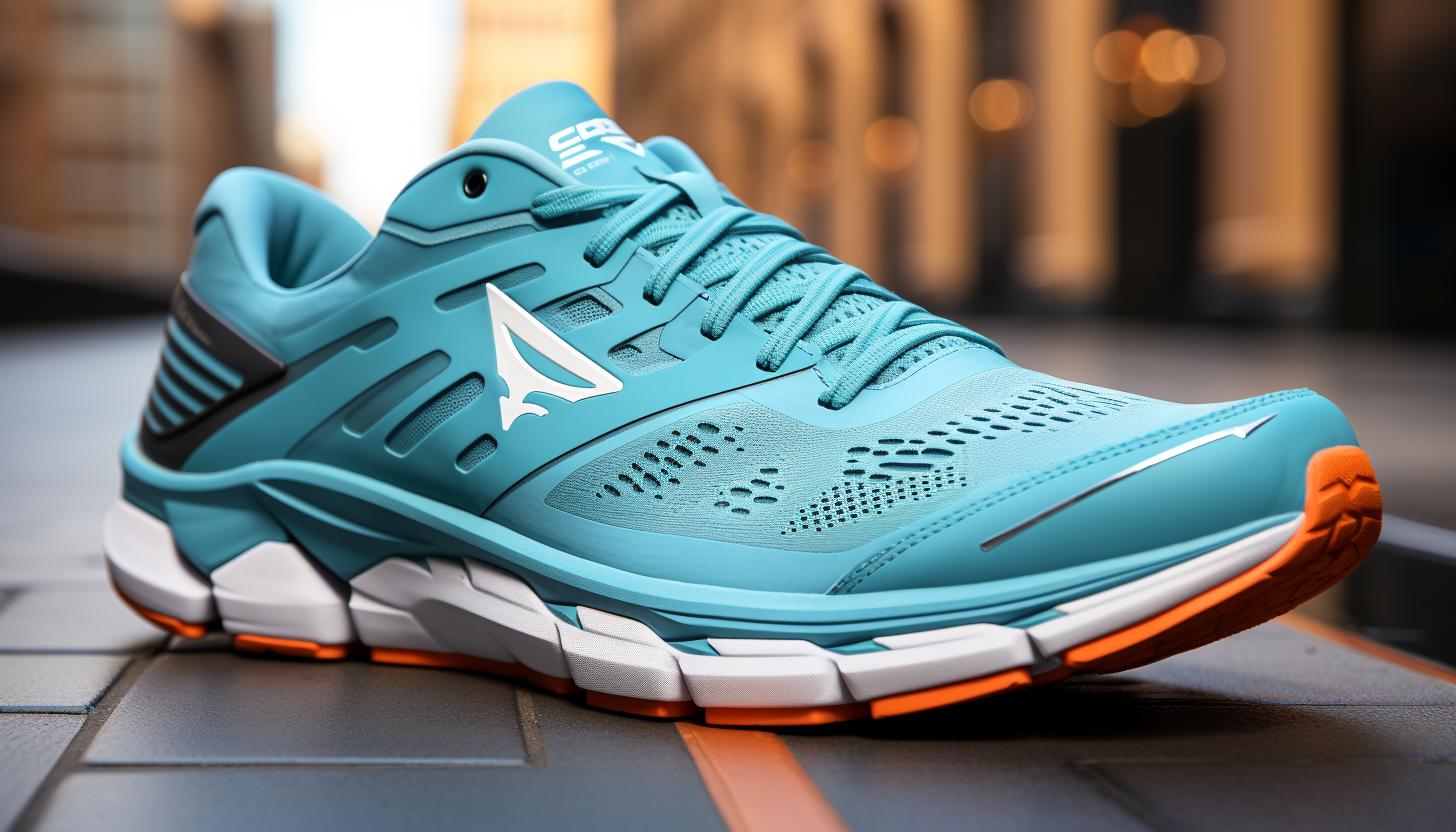
For optimal performance and comfort during your races, it’s crucial to prioritize cushioning and support in your footwear. When it comes to marathon running shoes, breathability and durability are of utmost importance.
Your feet will be subjected to hours of intense activity, so you need shoes that can withstand the demands of long-distance running.
Breathability is key because it helps keep your feet cool and dry throughout the race. Shoes with breathable uppers allow air to circulate, preventing excessive sweating and reducing the risk of blisters or discomfort caused by moisture build-up. Look for mesh or perforated materials that promote airflow and ventilation.
Durability is another essential factor in marathon running shoes. Long-distance runners put their shoes through a lot of wear and tear, so you want a pair that can handle the mileage. Reinforced toe caps, sturdy outsoles, and strong stitching all contribute to the overall durability of a shoe.
In addition to cushioning and support, lightweight and flexible running shoes offer numerous benefits for long-distance runners. They allow for a more natural stride while minimizing fatigue on your feet. The lighter weight also means less energy expenditure during each step, helping you maintain your pace over long distances.
When choosing your marathon running shoes, remember that finding the right balance between cushioning, support, breathability, durability, lightweightness, and flexibility will greatly enhance your overall performance on race day.
Understanding the Different Types of Running Shoe Soles
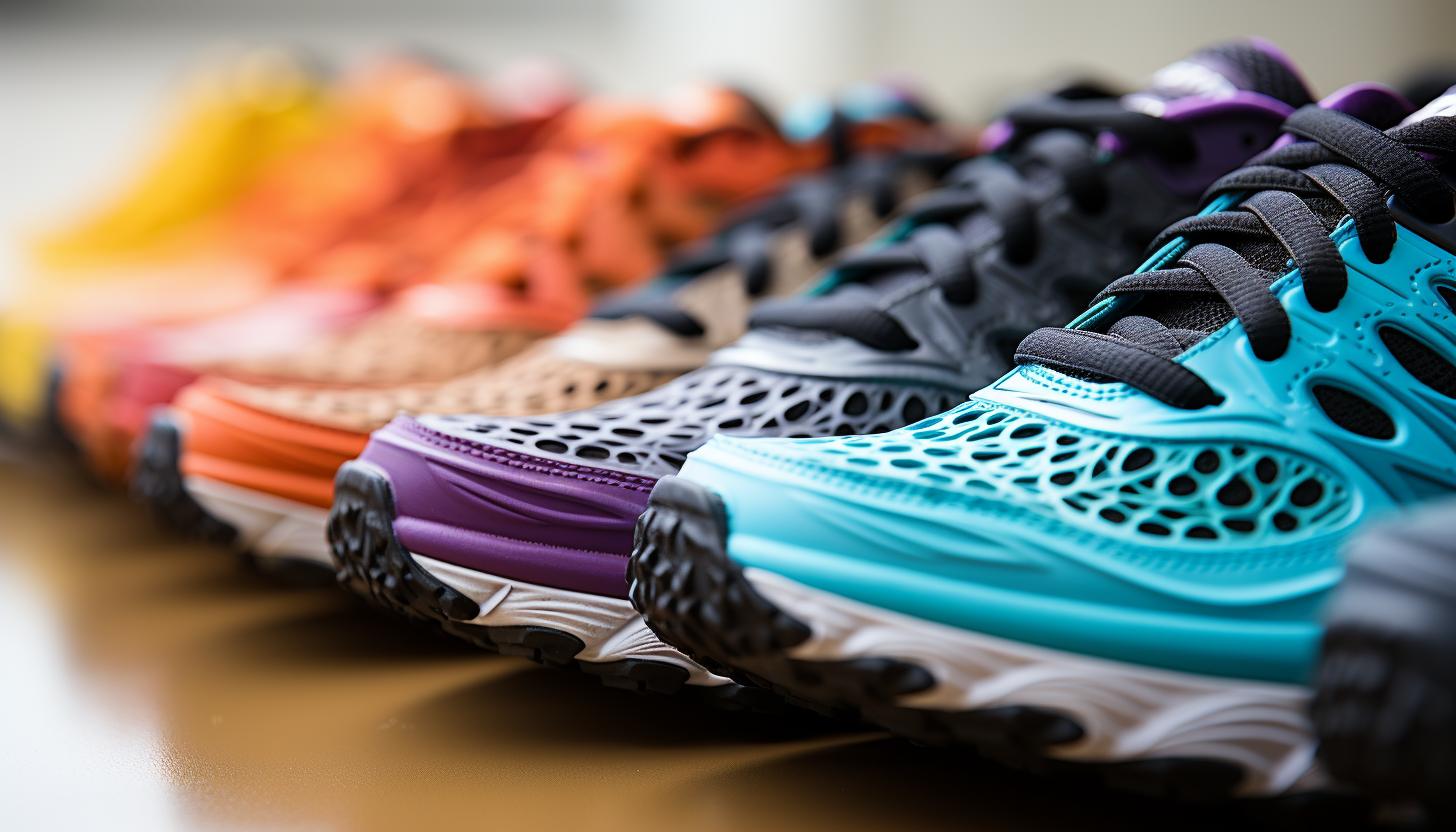
Understanding the different types of soles in running shoes can greatly impact your performance and comfort during races. Choosing the right shoe sole for different terrains is crucial to ensure that you have the necessary grip and stability. Here are five types of running shoe soles that you should consider:
– Road Running Soles: These soles are designed for running on pavement or other hard surfaces. They provide good traction and durability, making them perfect for road races.
– Trail Running Soles: If you enjoy off-road running, trail running soles are a must-have. With their aggressive tread patterns, they offer excellent grip on uneven terrain and protect your feet from rocks and roots.
– Track Spikes: Designed specifically for track events, these lightweight soles feature metal spikes that provide optimal traction on synthetic tracks.
– Minimalist Soles: Minimalist shoes have thin soles that mimic barefoot running, allowing for a more natural stride. They are ideal for experienced runners looking to strengthen their feet and improve their form.
– Cushioned Soles: These thick-soled shoes offer maximum shock absorption, which can reduce the risk of injury during long-distance runs.
The impact of shoe sole thickness on long-distance running performance cannot be underestimated. Thicker soles provide better cushioning but may sacrifice ground feel and responsiveness. It’s essential to find a balance that works for you.
Now that you understand the importance of choosing the right shoe sole, let’s move on to some tips for breaking in your new long-distance running shoes.
Tips for Breaking in Your New Long-Distance Running Shoes
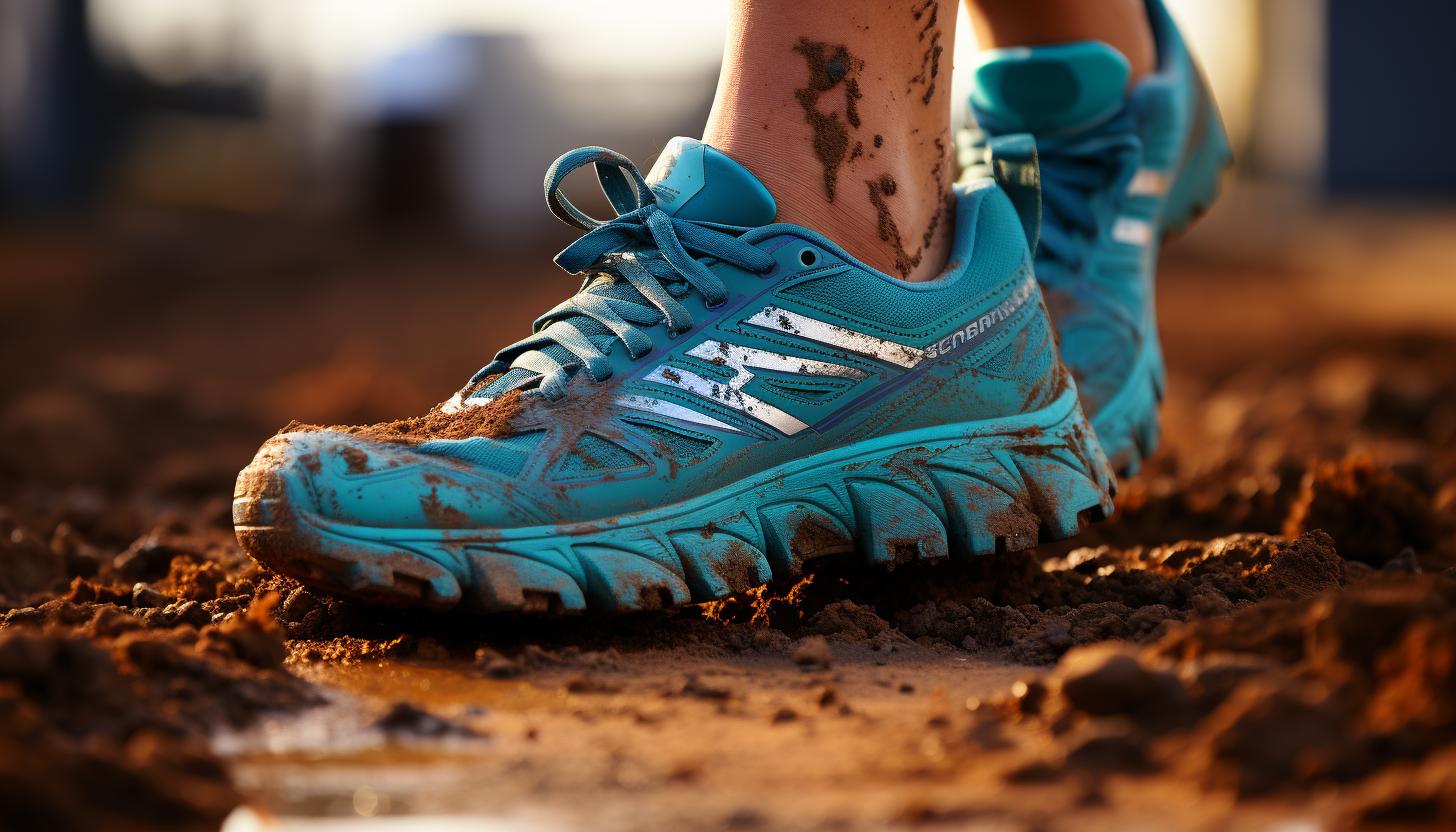
Breaking in your new long-distance running shoes can be a gradual process that involves gradually increasing the mileage and allowing your feet to adjust to the fit and feel. Properly breaking in your shoes is essential for preventing discomfort, blisters, and potential injuries during those long runs.
To ensure a smooth transition into your new shoes, here are some techniques you can use.
Firstly, start by wearing your new shoes for short periods of time during low-intensity activities like walking or light jogging. This will help your feet adapt to the shape and support of the shoe without putting too much strain on them right away.
Next, gradually increase the distance you run in your new shoes over several sessions. For example, start with a mile or two and then add an extra half-mile every few runs until you reach your desired distance. This allows your feet to slowly acclimate to the increased impact and pressure of longer runs.
Another important tip is to pay attention to any fit issues that may arise. Common problems include tightness in certain areas, rubbing or chafing at specific points, or excessive heel slippage. If you experience any of these issues, adjust the laces or consider using additional cushioning inserts for added comfort.
Conclusion
So there you have it, my friend! You’re now armed with all the knowledge you need to conquer those marathon distances in style.
Remember, finding the perfect pair of running shoes is no easy task, but with these tips and tricks, you’ll be skipping towards the finish line in no time.
Just make sure to break them in properly and enjoy that cushioning and support as you glide effortlessly through each mile.
Now go forth, my fellow marathoner, and may your feet carry you to victory!

